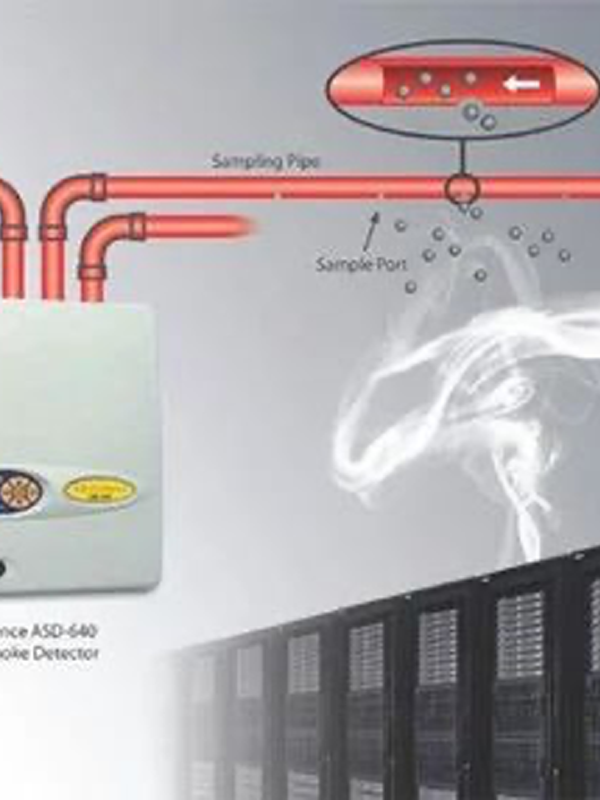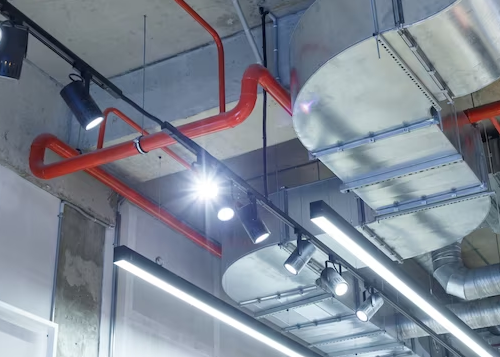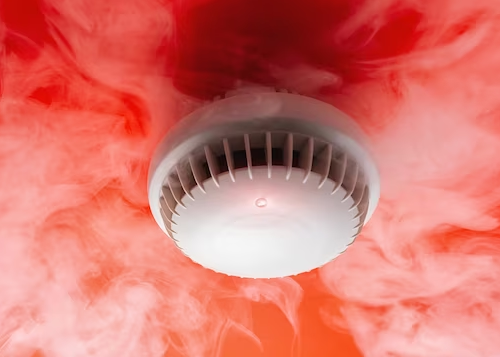Smoke Aspiration System
A Smoke Aspiration System, also known as a Smoke Detection and Control System, is a type of fire detection system that uses a network of pipes and detectors to actively draw smoke out of a building before it can accumulate and become a hazard to occupants or equipment.
The system works by drawing air from the protected space through a network of pipes and into a central detection unit. The detection unit typically includes a filter, which removes particulates from the air, and a smoke detector, which detects the presence of smoke. The system can be set up to activate an alarm or initiate other protective measures, such as activating a fire suppression system, when smoke is detected.
Smoke aspiration systems are commonly used in buildings where early detection of smoke is critical, such as data centers, museums, and other high-value facilities. The systems can provide early warning of a fire and help prevent damage to sensitive equipment and artifacts.
Proper installation, testing, and maintenance of smoke aspiration systems are critical to ensure their reliability and effectiveness. Regular inspections, testing, and repairs can help identify and address any issues that may impact the system's performance in the event of a fire. The system must also comply with local building codes and regulations, which often include requirements for backflow prevention and regular testing.
It is important to note that smoke aspiration systems should never be used as a substitute for proper fire prevention measures, such as regular maintenance of electrical equipment, proper storage of flammable materials, and training of building occupants in fire safety procedures.



